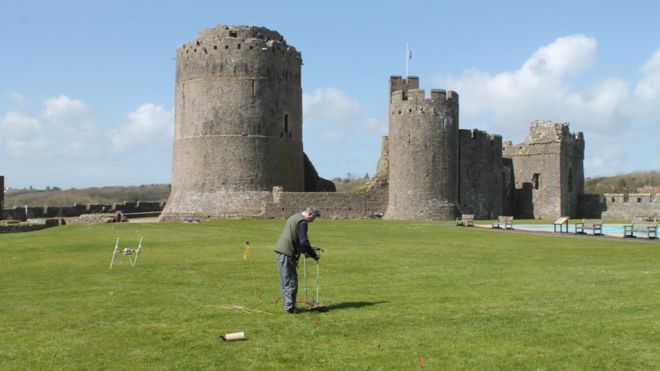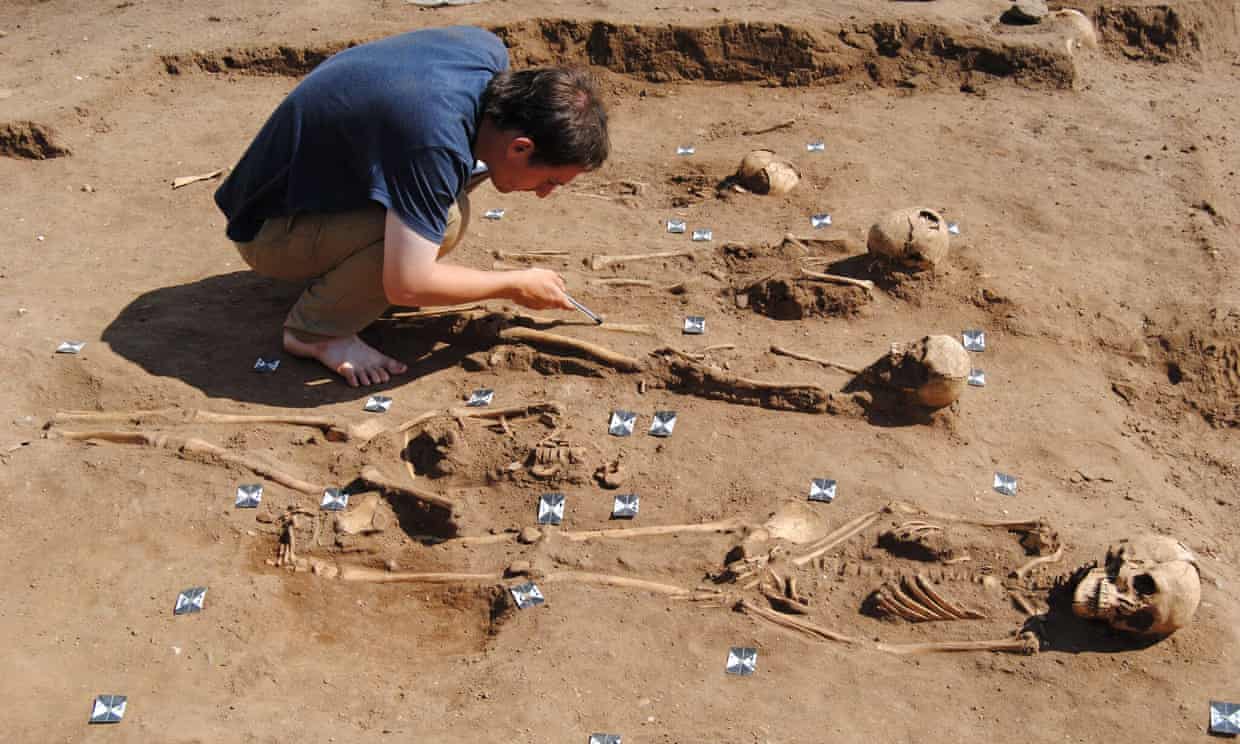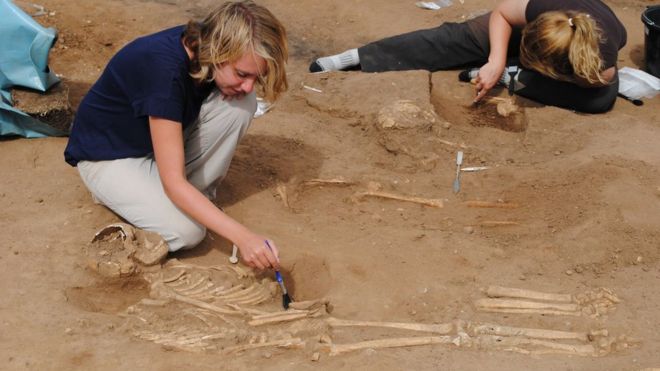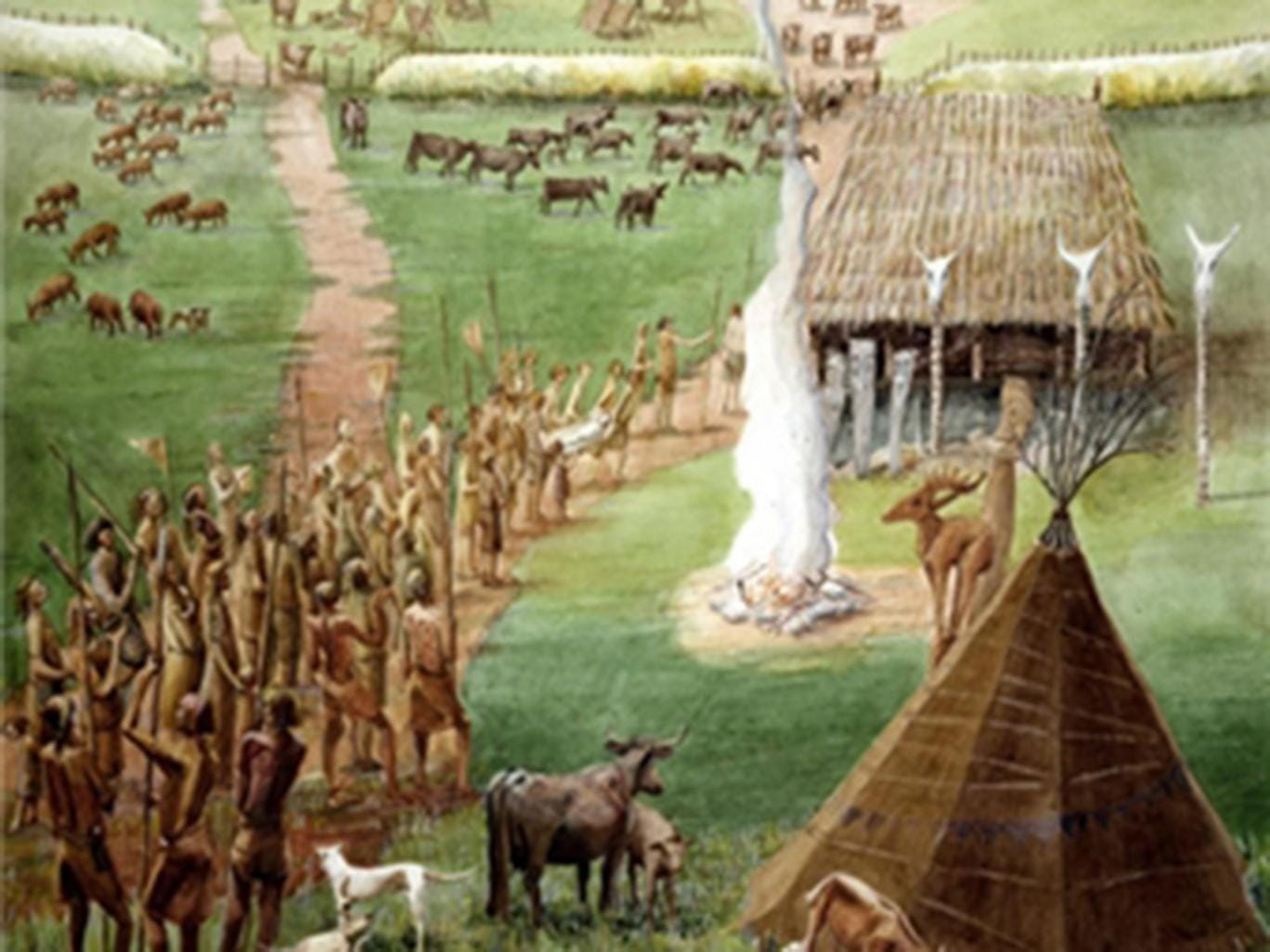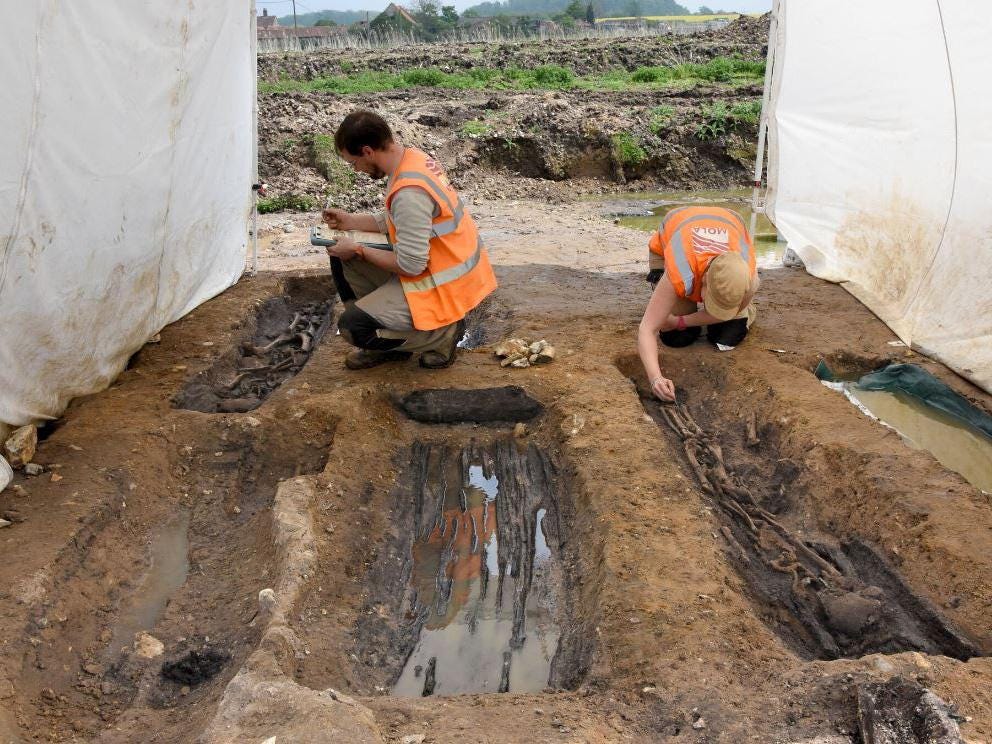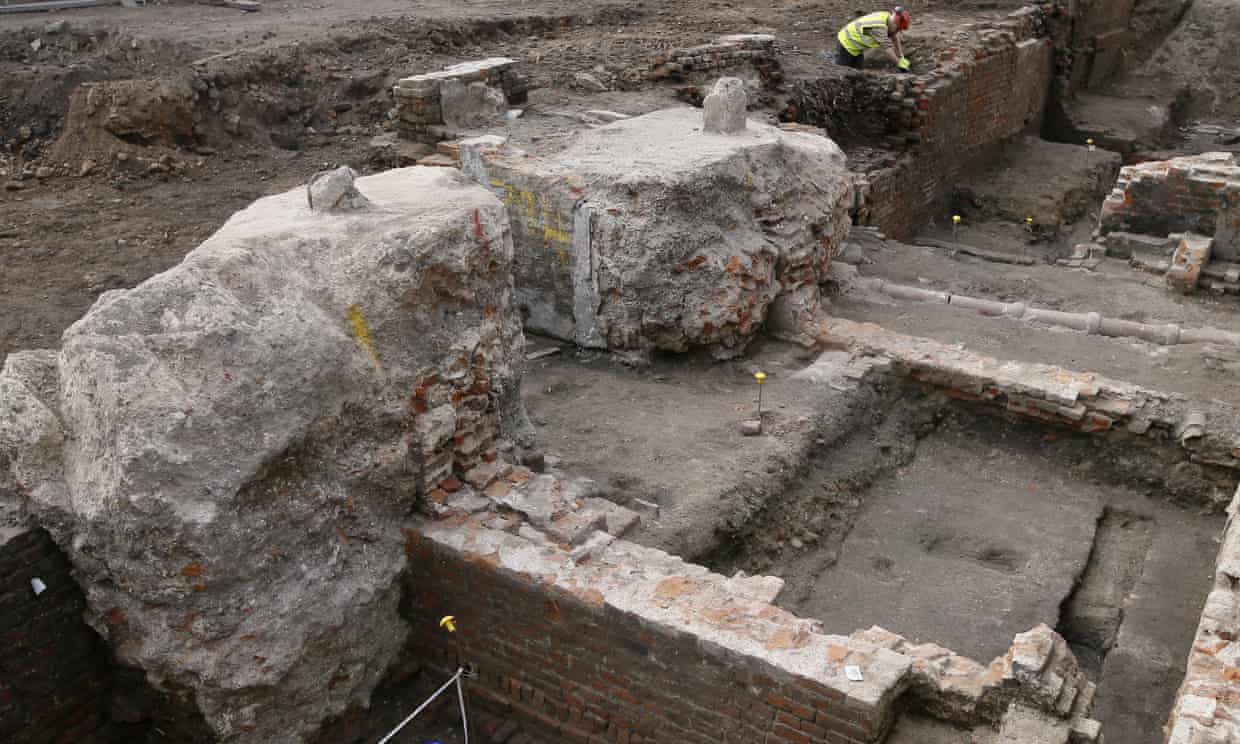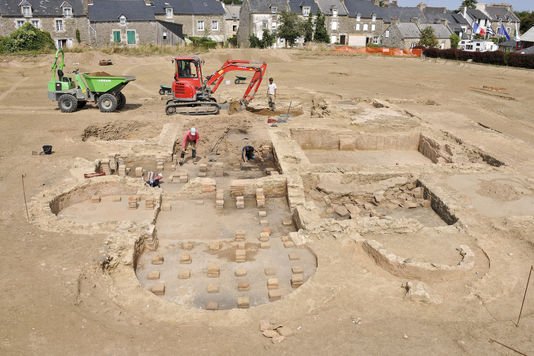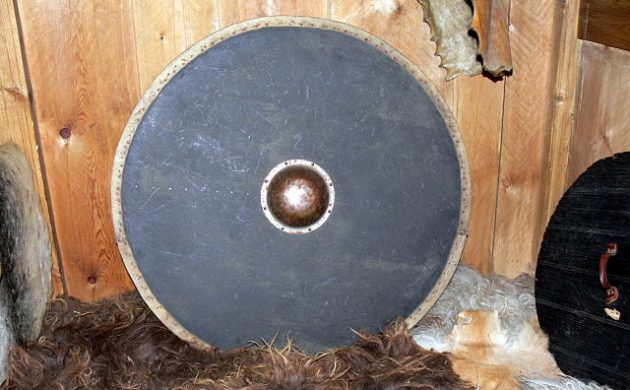An in-focus display of artefacts found by archaeologists as part of major project to upgrade the A1 to a motorway in North Yorkshire opens at the iconic Bowes Museum in Barnard Castle on Saturday 26 November 2016.
A carnelian intaglio of Hercules and the Lion, a brass plated boot spur and a
bronze plated penannular brooch [Credit: The Bowes Museum]
On the opening day, The Bowes Museum and Northern Archaeological Associates will also provide family activities based on archaeological findings on the road scheme. These drop in sessions, which include creating a paper mosaic; salt dough coin making and painting; creating a Roman helmet; pottery handling and viewing animal bones, will run from 11am - 3pm in the Museum’s Education Vaults and are free for children under 16 when accompanied by an adult for whom normal Museum admission applies.
An archaeological team of around 60 people have been working along the A1 between Leeming Bar and Barton for three years as part of a Highways England scheme to install an extra lane in each direction and improve the route to motorway standards.
During that time, archaeologists working on behalf of the Carillion Morgan-Sindall Joint Venture have uncovered more than 200,000 prehistoric and Roman artefacts and sieved more than 86 tonnes of sediment samples.
Read the rest of this article...

